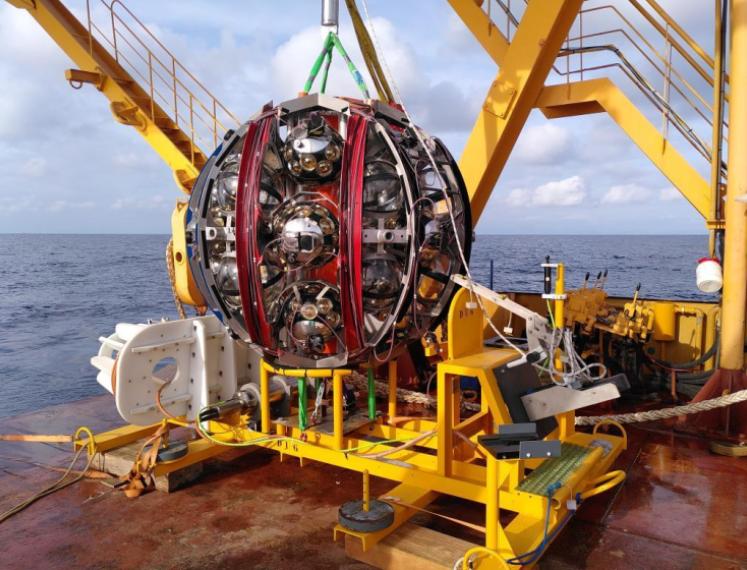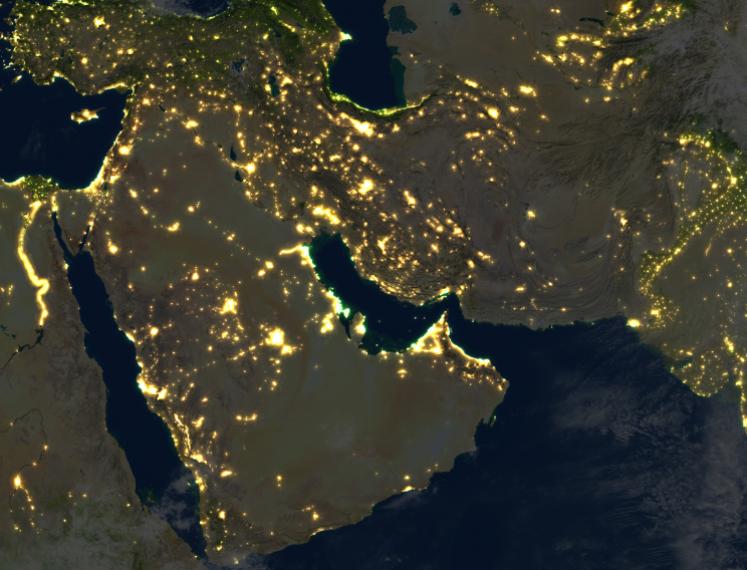Academy Building
Broerstraat 5
Nederland
Fishing for Neutrinos in the Deep Sea
At a depth of 3.5 kilometers in the Mediterranean Sea, Dutch scientists are constructing a massive neutrino detector called KM3NeT spanning one cubic kilometer. Recently KM3NeT detected an extraordinarily high-energy neutrino originating from outer space. Neutrinos are fundamental particles often referred to as "ghost particles" because they rarely interact with other matter. The energy of this cosmic neutrino was significantly greater than that of any neutrino previously detected on Earth. Is this a groundbreaking discovery? Moreover, what do we hope to learn from studying neutrinos? And why are scientists putting a telescope on the bottom of the ocean in the first place?
Daan van Eijk will explain what is detected by exploring the inner workings of the KM3NeT detector. How does the detector allow us to detect these ghostly particles? What can they reveal about the astrophysical processes in our universe that produce these elusive particles?
Daan van Eijk is a particle physicist at Nikhef, the Dutch institute for subatomic physics. He earned his PhD for research conducted at the LHCb experiment, one of the detectors at the LHC particle accelerator at CERN in Geneva. He later held a postdoctoral position in the United States, working on the IceCube experiment, a neutrino detector embedded in the ice of the South Pole. Currently, he is a staff scientist at Nikhef, contributing to the KM3NeT experiment, which is being constructed at the bottom of the Mediterranean Sea. In addition, he is a guest lecturer at the University of Groningen.
Foto: Edewolf via Wikimedia Commons
Are you not able to attend? Watch the livestream here!





